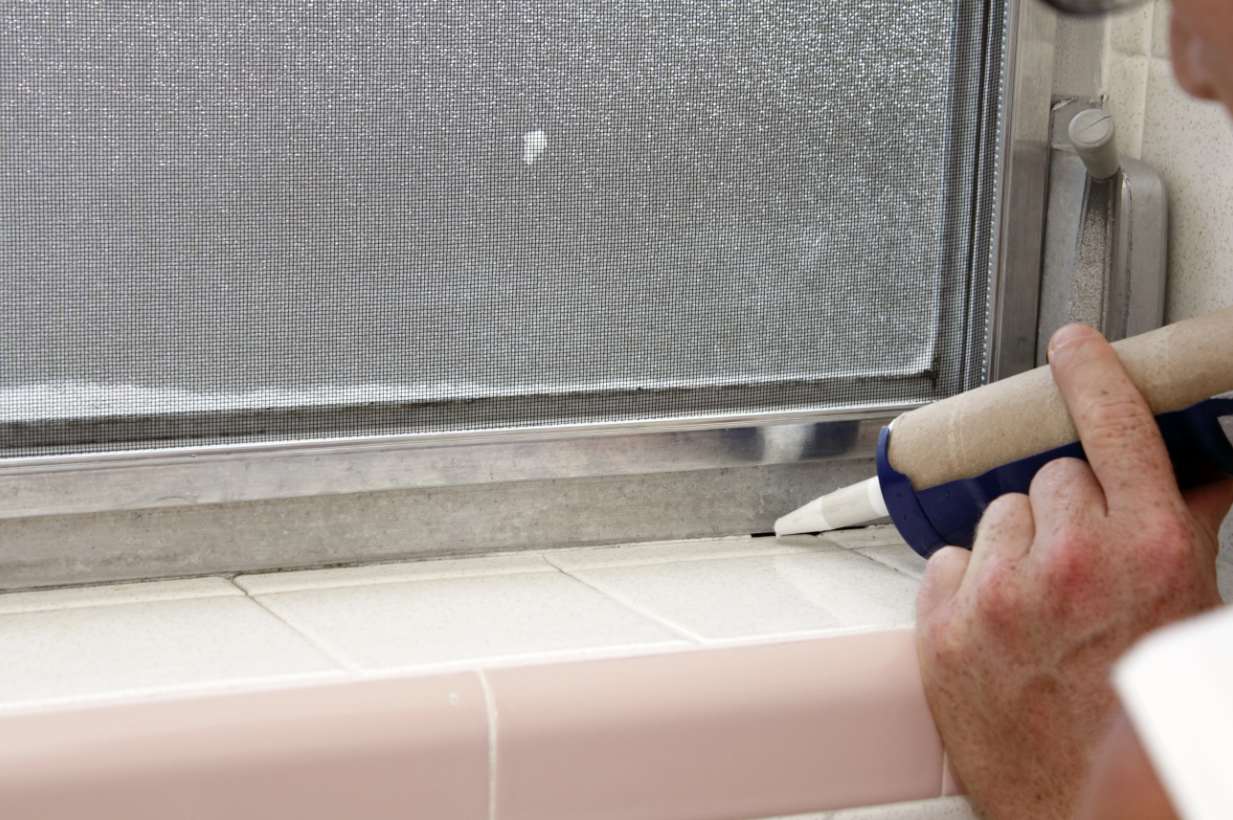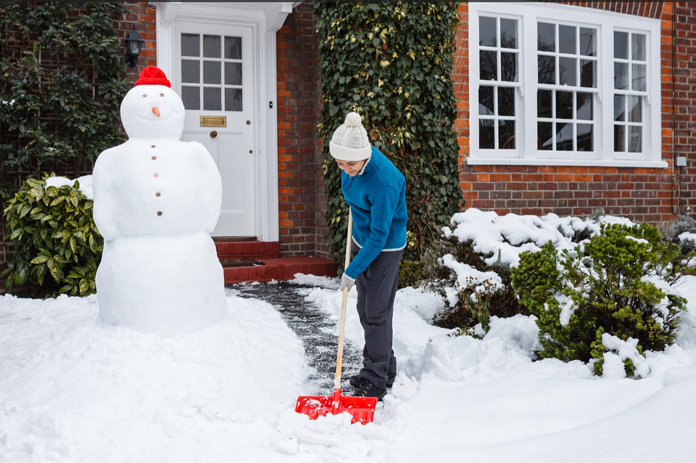
Both for safety's sake and to cut down the costs of "winter fuel," taking the time and effort to winterize your home is a worthwhile endeavor. Particularly in cold, northern climates where sub-zero temperatures are routinely expected during winter, it will be important to organize a home winterization program, and it is best to get it underway while temperatures are still in the 40's and 50's instead of waiting till the last minute. Seven tips to follow in getting your home ready for the cold season are given below.
1. Trim Back Tree Branches
Eliminating dead limbs and trimming back any branches that extend over the top of your home will help prevent damage from storm-tossed trees and tree limbs. This is one of the least-thought-of winter preparation steps, but it can make a huge difference.
2. Guard Against Ice Dams
Keeping your attic well ventilated, installing under-roof and floor-based attic insulation, and cleaning out your gutters in late fall will all reduce the risk of ice damming. Reducing indoor temperatures, within reasonable parameters, is another way to fight ice dams.
3. Eliminate Water Leaking Points
When chimney tar spreads out of position, shingles blow off and expose roof decking, and caulk beads near exterior windows and doors crack, leaks can develop. Installing new weather stripping, re-caulking and tarring, and having a professional roofer inspect your roof for leaks can all minimize the risk of winter snow-melt finding its way into your house.
4. Eliminate Air Leakage Points
A draft can cost you a significantly higher energy bill, particularly in the cold winter months. You can test for drafts with a wet finger or a flashlight, and any you find should be sealed up tight with caulk, insulation, or some other material. Drafts are likely to be found in attic ceilings, near electric outlets and light fixtures, by windows and doors, and at wall joints.
5. Insulate Your Windows
If you get a home energy audit, one of the most likely problems will be energy inefficient windows. Around 30% of the heat in a house will escape around windows and underneath doors, and this can raise winter fuel bills by 50% or more. You don't necessarily have to replace leaky windows, but you will at least need to insulate them with a plastic film. You even want to apply a low-E coating to better retain indoor heat.
6. Take Pains to Prevent Pipe-Freeze
When temperatures drop below freezing, water in pipes can freeze and cause the pipes to rupture at their weakest point. Pipes in the crawl space, attic, or in exterior walls are especially at risk. Some ways to prevent pipes from freezing include: disconnecting outside hoses and turning off the water supply to their spigots, sealing any openings in walls that are proximate to water pipes, and insulating your pipes with foam spray or protective sleeves.
7. Prevent Snow and Ice From Being Tracked In
An absorbent rug just inside your entryway, and a well-salted welcome mat or a snow-melting mat just outside, will help keep snow from being tracked into your home where it can become a slipping hazard. The outdoor half of this system will also reduce or eliminate ice at your doorstep.
Preparing your home for winter is crucial in keeping it safe and economically efficient during the most trying time of the year. Both the exterior and interior of your house must be given due attention. While an investment of time, money, and effort will be required for proper winterization, the pay-off is well worth it.


